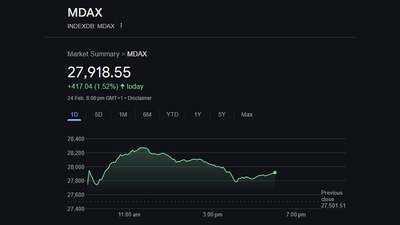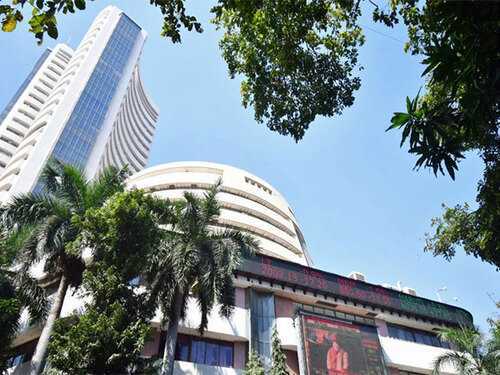Gujarat on Monday received its first yellow alert of the year, issued by the India Meteorological Department (IMD). The alert, which is expected to last for five days, warns of high temperatures and humidity along the coastal areas of the state, reported TOI.
According to the TOI report, Ashok Kumar Das, Director of IMD Gujarat, explained that the temperatures are unusually high, with coastal regions experiencing temperatures 1.6 to 5 degrees Celsius above normal. He mentioned that while the impact of the Western Disturbance isn't solely responsible, a combination of factors such as wind direction, which is currently northerly to north-easterly, is contributing to the unusual weather pattern.
The IMD has forecasted that residents of Kutch and South Gujarat may experience physical discomfort due to the high temperature and humidity, as indicated by the yellow alert.
On Monday, Surat recorded a maximum temperature of 36.4°C and a minimum of 21.9°C, which felt like summer. Similarly, Veraval had a maximum of 35°C and a minimum of 21.5°C. This weather pattern has been observed across Gujarat throughout February. For Ahmedabad, the average temperatures from February 1 to 24 were 2 to 2.4 degrees higher than normal, with Monday’s temperatures at 34.2°C maximum and 18.5°C minimum.
The IMD forecast predicts that temperatures will remain high for the next 24 hours, with a potential rise of 2-3 degrees in maximum temperatures in the coming days. Minimum temperatures may also rise by 2-3 degrees in the next two days.
The TOI report, citing experts, noted that although summer typically begins in March, this year both January and February have seen warmer-than-usual conditions. The impact of the Western Disturbance, affecting parts of northern India, may also influence the weather in Gujarat.
Gujarat is experiencing an early heatwave, with temperatures significantly above normal, and the IMD has issued a yellow alert for the coastal areas of the state, which could cause discomfort, especially for those with pre-existing health conditions.
(With inputs from TOI)
Trump-Modi Meet
The mega MIGA, MAGA plans of India's Modi and US' Trump
Trump says India has more tariffs than others
Trump's 'golden rule' for imposing reciprocal tariffs
The IMD has forecasted that residents of Kutch and South Gujarat may experience physical discomfort due to the high temperature and humidity, as indicated by the yellow alert.
On Monday, Surat recorded a maximum temperature of 36.4°C and a minimum of 21.9°C, which felt like summer. Similarly, Veraval had a maximum of 35°C and a minimum of 21.5°C. This weather pattern has been observed across Gujarat throughout February. For Ahmedabad, the average temperatures from February 1 to 24 were 2 to 2.4 degrees higher than normal, with Monday’s temperatures at 34.2°C maximum and 18.5°C minimum.
The IMD forecast predicts that temperatures will remain high for the next 24 hours, with a potential rise of 2-3 degrees in maximum temperatures in the coming days. Minimum temperatures may also rise by 2-3 degrees in the next two days.
The TOI report, citing experts, noted that although summer typically begins in March, this year both January and February have seen warmer-than-usual conditions. The impact of the Western Disturbance, affecting parts of northern India, may also influence the weather in Gujarat.
Gujarat is experiencing an early heatwave, with temperatures significantly above normal, and the IMD has issued a yellow alert for the coastal areas of the state, which could cause discomfort, especially for those with pre-existing health conditions.
(With inputs from TOI)








